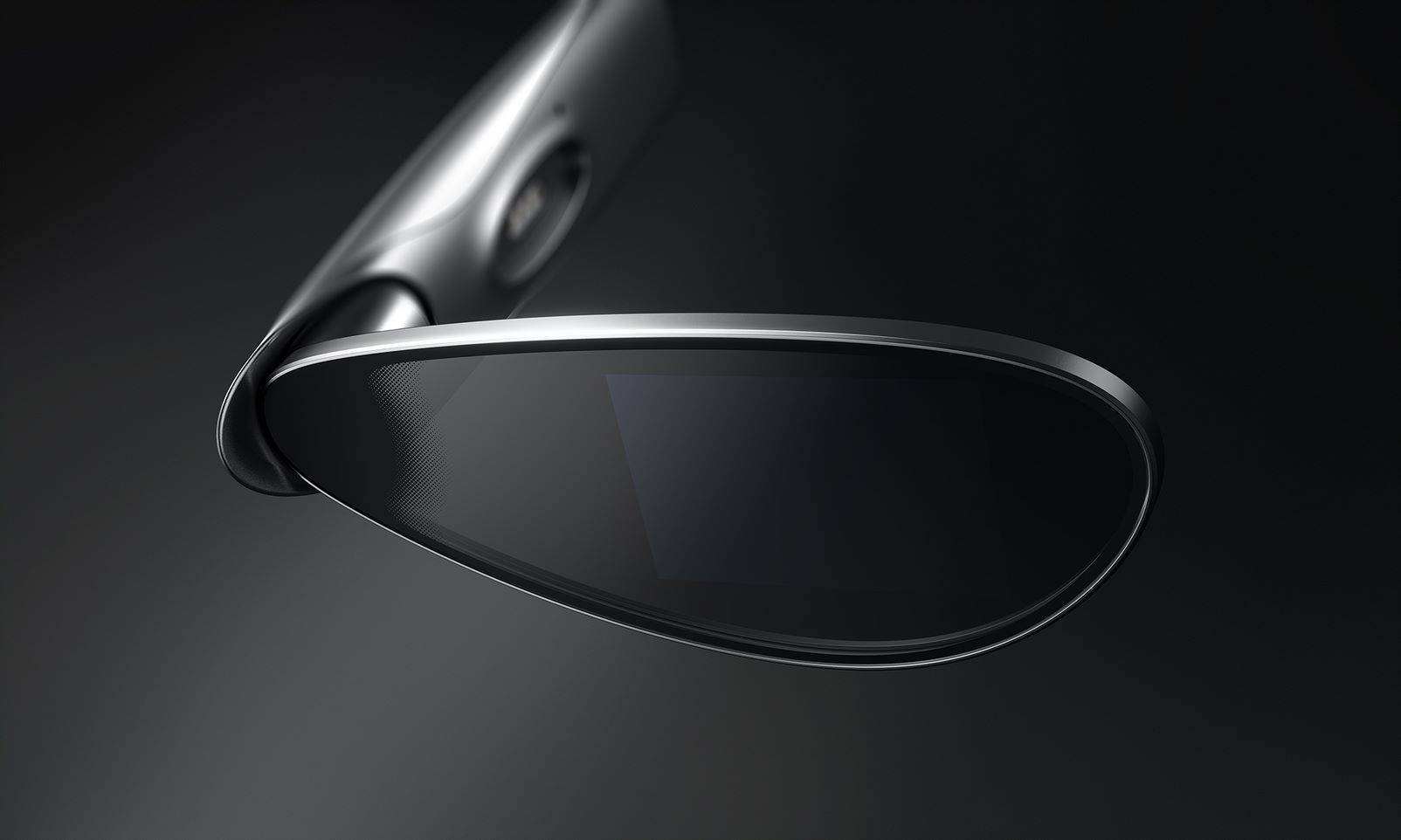Global smart technology company OPPO unveiled three new innovations at its annual OPPO INNO DAY 2021, headlined by its first foldable flagship smartphone, the OPPO Find N.
OPPO also announced its first self-designed 6nm cutting-edge imaging neural processing unit (NPU) – MariSilicon X, as well as a ground-breaking assisted reality device – Air Glass.
OPPO Announces Its First Foldable Flagship Smartphone, the OPPO Find N
A result of four years of research and development and six generations of prototypes, the OPPO Find N brings a new approach to the foldable form factor and offers a refreshed user experience both for people who have used foldable devices in the past, as well as users who are new to the foldable form factor.
Pete Lau, Chief Product Officer of OPPO, said, “New form factors are ushering in an exciting new time in smartphone technology. OPPO has invested a significant amount of time and effort into producing a better approach to a foldable smartphone, experimenting with a range of form factors, hinge designs, display materials and aspect ratios, to create a new device that meets the needs of more users. With the OPPO Find N, we aim to change people’s perceptions about what a smartphone can offer and begin making foldable devices more accessible to an even larger audience.”
The OPPO Find N brings together cutting-edge technology and unprecedented quality to create an improved foldable experience, offering a fully functioning compact smartphone when folded and an intuitive and immersive landscape display when unfolded.
The OPPO Find N uses a landscape ratio for the inner display, striking a better balance for users to seamlessly switch between an immersive 7.1-inch inner display and a 5.49-inch outer display that offers a full smartphone experience with no compromise on size or usability.
OPPO’s unique water-drop hinge design solves some of the biggest pain points in foldable devices by widening the angle of the fold in the display and offering a buffer when the display folds, resulting in a minimal crease that is up to 80% less noticeable compared with other devices, according to TUV. This design also practically eliminates the gap between displays when folded, offering a more integrated look, and better protecting the inner display from scratches.
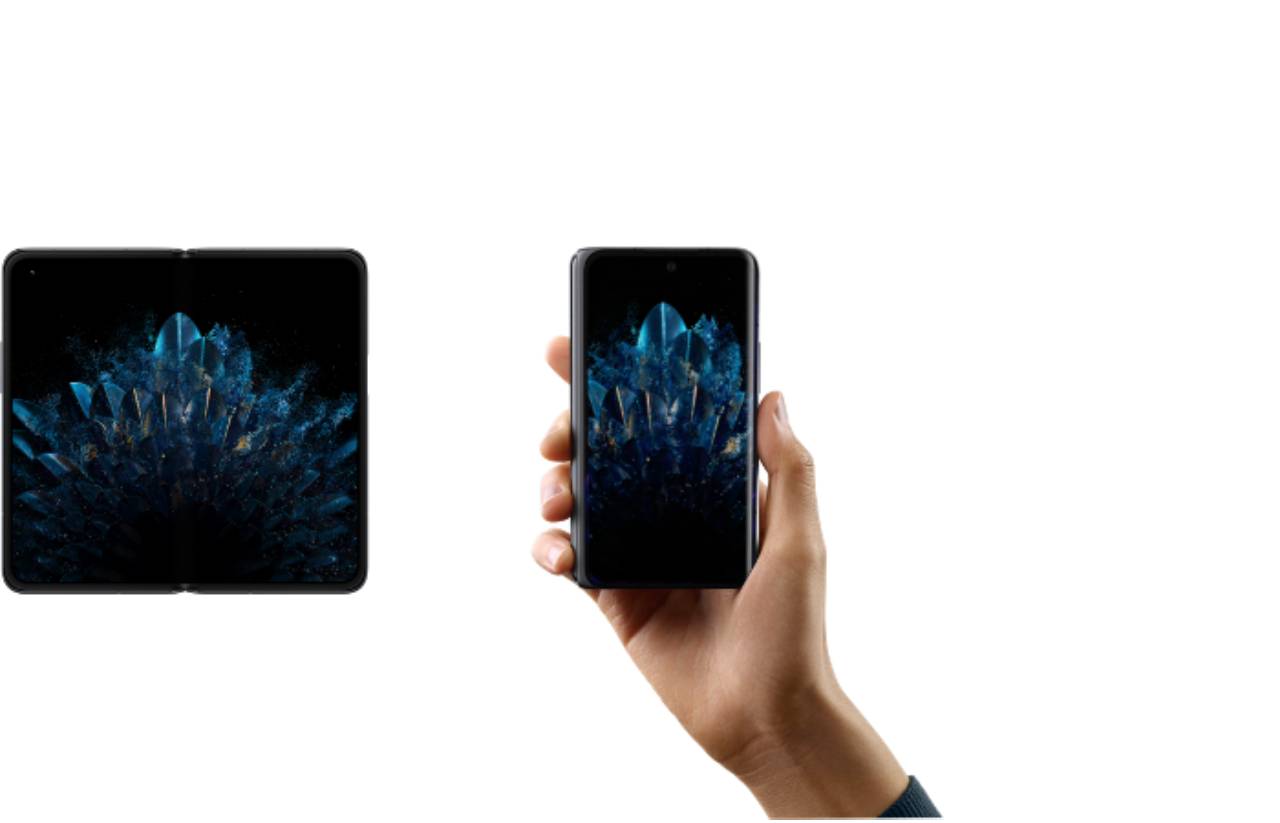
The cam and spring structure inside the advanced Flexion Hinge allows the device to freely stand when unfolded at any angle between 50-120 degrees. Together with a range of software features that take advantage of the folding display, FlexForm Mode on the OPPO Find N gives users the flexibility to adapt the device to a wide range of usage scenarios.
OPPO’s custom 12-layer Serene Display offers excellent protection and durability and works with the Flexion Hinge for a smooth foldable experience. The display includes a 0.03 mm layer of Flexion UTG (ultra-thin glass), compared to 0.6 mm for regular smartphone glass, allowing it to easily bend while providing strong durability. The Serene Display is also very reliable, with the ability to be folded over 200,000 times while still maintaining an overall smooth folding experience with next to no crease, as verified by TUV.
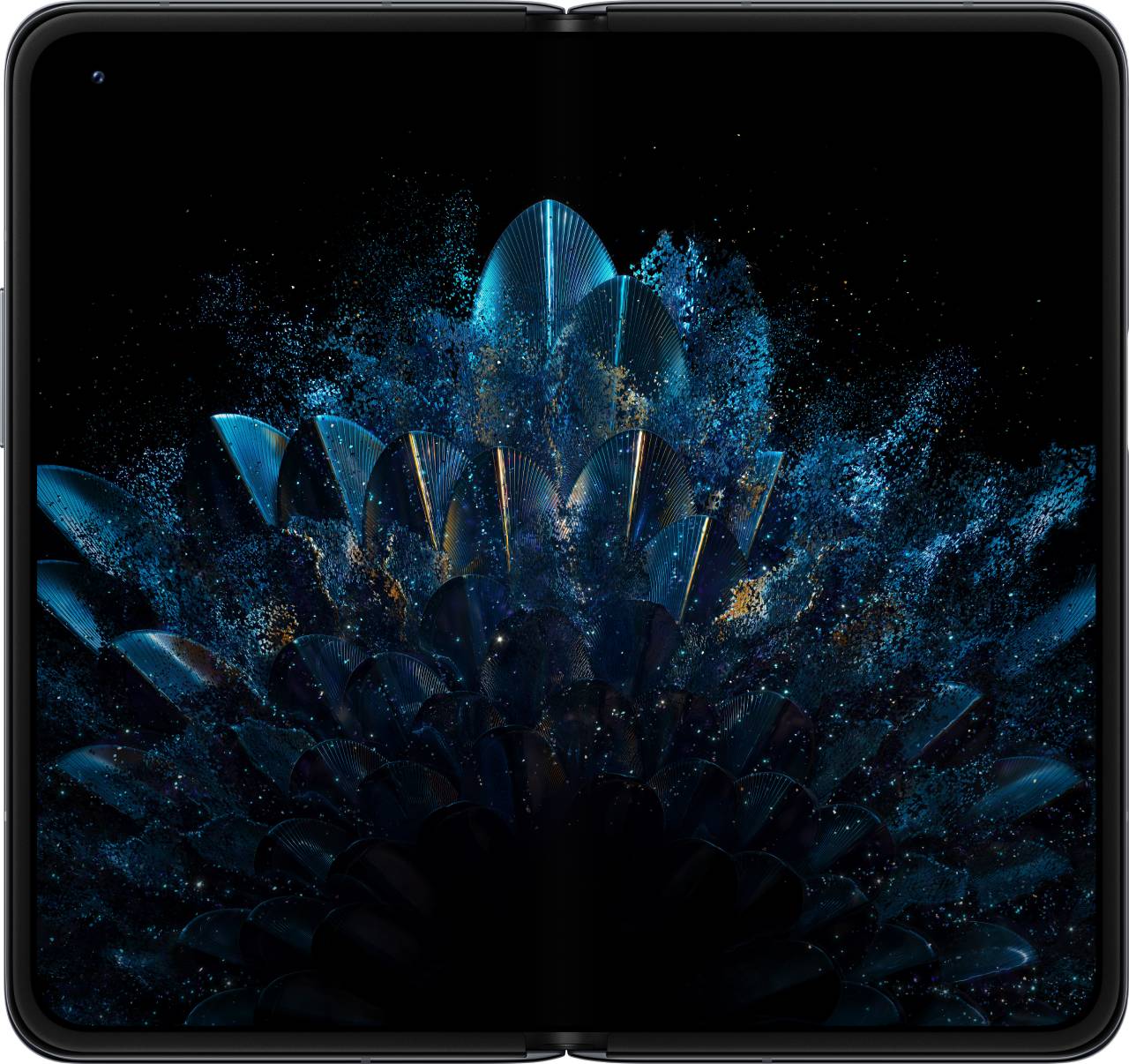
The software of the OPPO Find N is optimised to allow users to switch between the two screens smoothly and naturally. When unfolding the phone, the content is relayed seamlessly from the outer screen to the main inner display. In addition, a range of keyboard customisations for the large inner display, including a split keyboard that makes it easier to use two thumbs to type, help to maximize productivity.
The OPPO Find N is equipped with a flagship-level triple-camera setup for high-quality photos and videos. It includes a 50 MP Sony IMX 766 main sensor, a 16 MP ultra-wide lens and a 13 MP telephoto lens, as well as selfie cameras on both the inner and outer displays. Combined with the new form factor and the adaptability of FlexForm Mode, the OPPO Find N gives users a refreshed camera experience with customized software to fully leverage the foldable form factor, including being able to serve as its own tripod.
The more powerful rear camera can be used to take even higher-quality selfies, using the cover screen to preview the image. Selfies can also be taken using hand gestures, so you can easily stay in the frame without having to press the shutter button.
The OPPO Find N comes with the Qualcomm®Snapdragon 888 Mobile Platform, together with up to 12GB of LPDDR5 RAM and 512GB of UFS 3.1 storage. A large 4,500 mAh battery offers all-day battery life, while 33W SUPERVOOC Flash Charge is optimised to charge to 55% in 30 minutes and to 100% in 70 minutes. It also comes with 15W AIRVOOC wireless charging (compatible with standard Qi) and 10W reverse wireless charging.
The OPPO Find N includes a side-mounted fingerprint scanner that is housed in the power button, as well as a dual speaker system with Dolby Atmos support to deliver more lifelike sound.
The OPPO Find N is available in China from December 23, 2021, with the global rollout to be confirmed at a later date.
OPPO Unveils 6nm Cutting-edge Imaging NPU – MariSilicon X
OPPO announced its first self-designed cutting-edge imaging neural processing unit (NPU) – MariSilicon X.
Built on a 6nm process technology, MariSilicon X marks a new era in computational photography. With its huge leap in both performance and power efficiency, it unleashes the power of AI Noise Reduction algorithms to create clearer and sharper videos. It also features greater dynamic range and better colour reproduction, allowing each individual frame looking just as rich and defined as a still photo.
It is the first time that AI HDR Night Video capturing is made possible in 4K on Android phones. MariSilicon X will make its commercial debut on the Find X Series in Q1 2022, bringing with it the most powerful imaging experience for a smartphone.
![]()
“With more than a decade of experience in pushing the boundaries of image technology, OPPO has been behind some of the biggest innovations in the industry when it comes to camera modules, lenses, and algorithms,” said Jiang Bo, OPPO’s Senior Director, during the event. “Our new cutting-edge imaging NPU is the biggest leap we’ve taken so far, which brings more power to mobile imaging systems and will create extraordinary experiences for our users.”
MariSilicon X’s NPU delivers an incredible 18 trillion operations per second (TOPS), more than enough computing power to support our AI algorithms.
With a stunning power efficiency of 11.6 TOPS per watt, the NPU delivers top-level performance without draining battery.
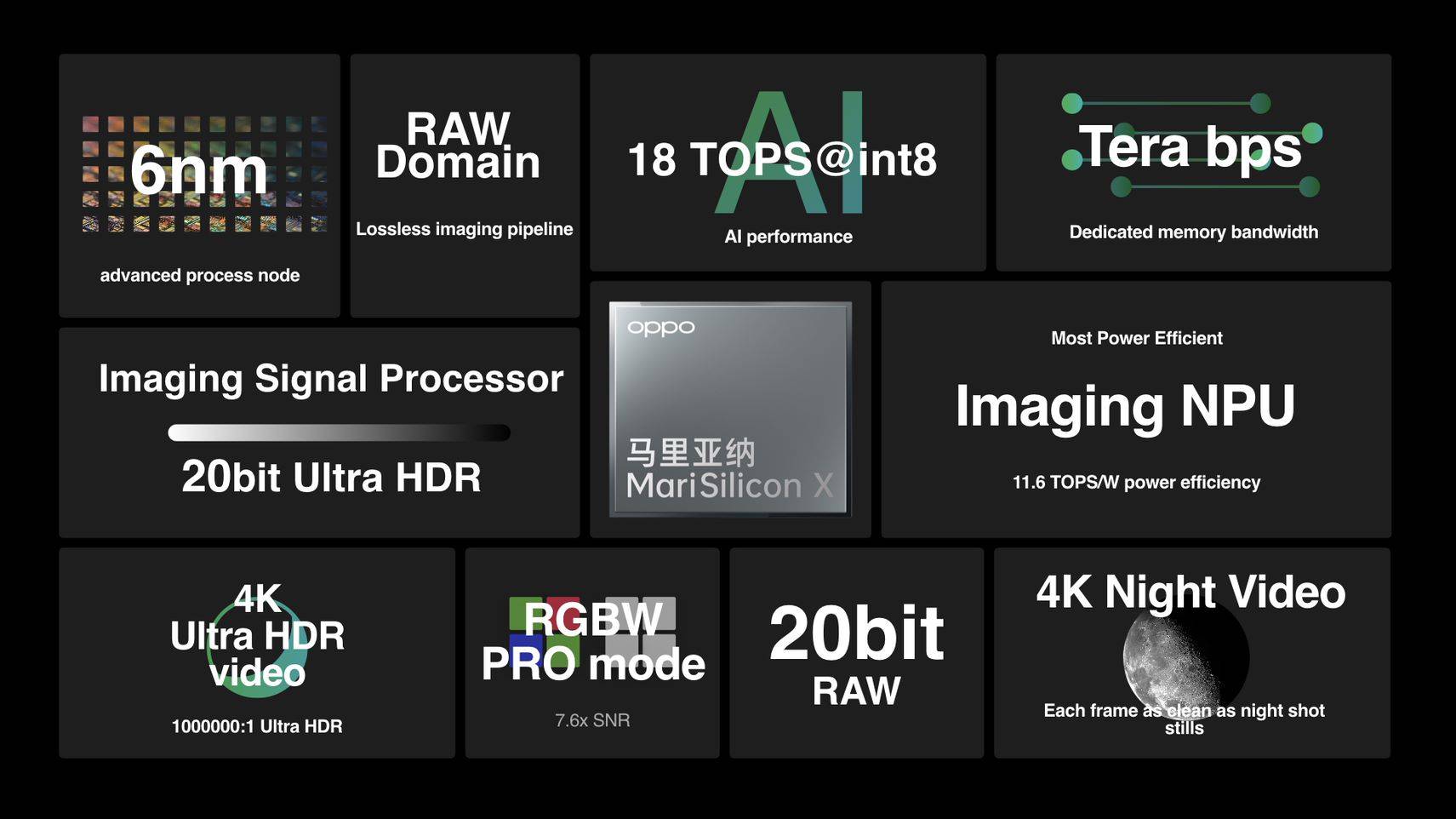
MariSilicon X has a powerful ISP that enables images to be captured with an incredible 20bit 120db dynamic range – 4x greater than that of Find X3 Pro. It gives images a contrast ratio of 1,000,000:1 between the brightest and darkest areas of the image, better keeping images true to life.
Thanks to its large computing power and high data throughput, MariSilicon X revolutionises the imaging pipeline to directly perform real-time 4K AI processing and 20bit HDR fusion in the RAW domain at the pixel level.
Using Dual Image Pipeline design and double RAW super sampling, MariSilicon X also unlocks the full potential of OPPO’s RGBW sensor, supporting the separation and fusion of RGB and White signals to deliver a 1.7x improvement in texture quality, making images more expressive in both photos and videos.
OPPO Air Glass the Ground-Breaking Assisted Reality Device
OPPO officially unveiled the OPPO Air Glass. This ground-breaking device is aR (assisted Reality), which differs from Augmented Reality (AR) by simply overlaying information related to its surroundings rather than modify its surroundings.
OPPO Air Glass supports four different user interactions through touch, voice, head movement, and hand motion, allowing users to have faster and easier access to the information they need.
“OPPO has been exploring the possibilities of Extended Reality (XR) for a long time, and with Air Glass, we have finally created a smart glass product that is truly within the reach of consumers,” said Levin Liu, OPPO Vice President and Head of OPPO Research Institute. “As its futuristic design suggests, OPPO Air Glass is set to revolutionise the way we view and consume information. The easy-to-use display can present key messages we need right in front of our eyes. With OPPO Air Glass, the world will never look the
same again.”
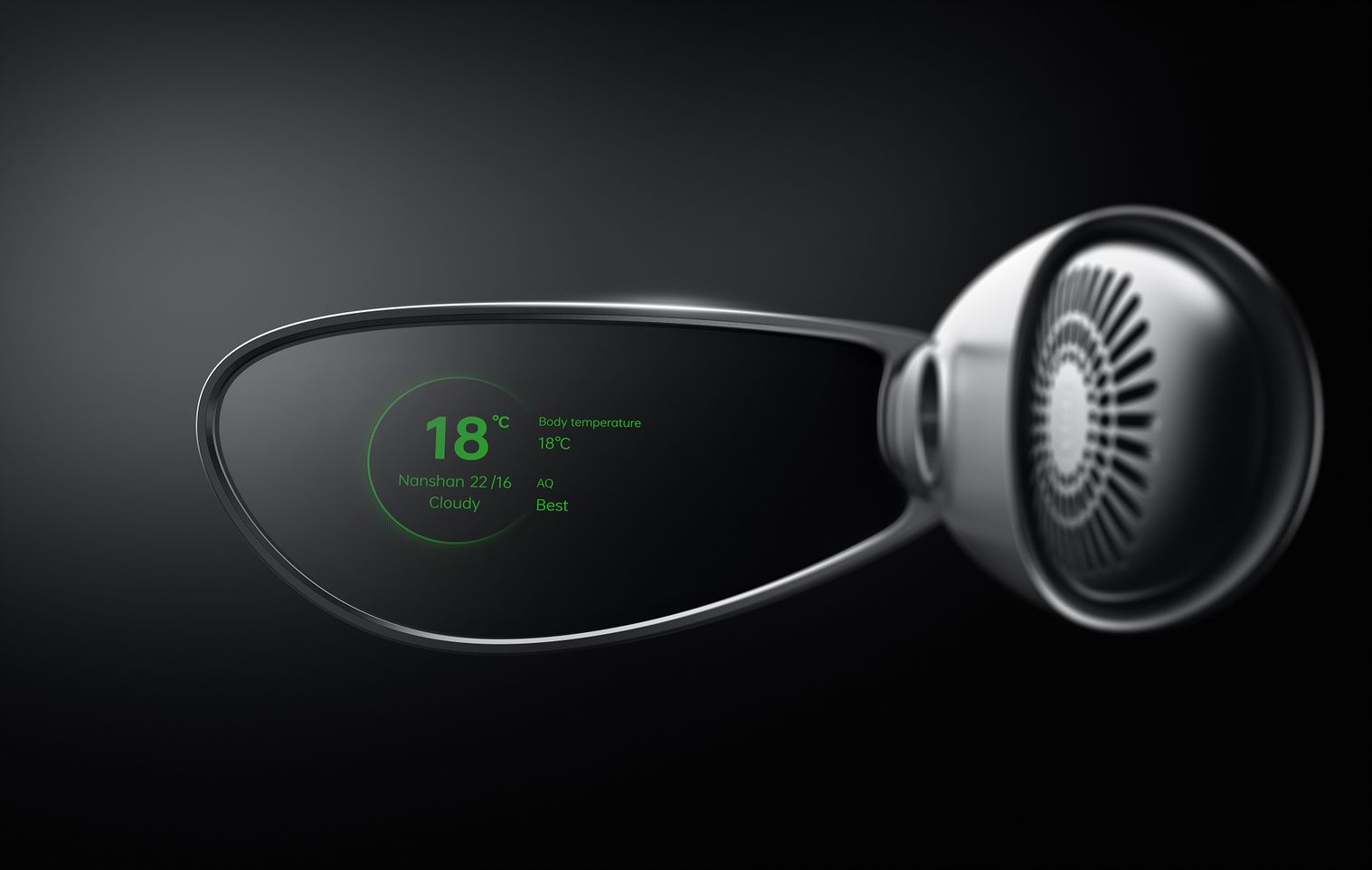
Pioneering form: thin and lightweight design inspired by nature OPPO Air Glass is built around a ground-breaking monocle waveguide design. The lens is secured to a light and slim frame, which houses all the components, including the Qualcomm Snapdragon Wear 4100 Platform. With a total weight of approximately 30g, OPPO Air Glass is one of the lightest monocle waveguide devices in the industry and can be worn much like a pair of regular glasses.
At the heart of OPPO Air Glass display system is OPPO’s self-developed Spark Micro Projector – one of the most compact projection systems in the industry is of merely 0.5cc, or roughly the size of a coffee bean. The projector features a CNC metal enclosure with a glass lens module to provide better heat dissipation and stability. The projector is powered by a cutting-edge Micro LED, which has a brightness of up to 3 million nits.
OPPO Air Glass is designed to be as accessible to as many people as possible, including users with refractive errors such as myopia and hypermetropia.
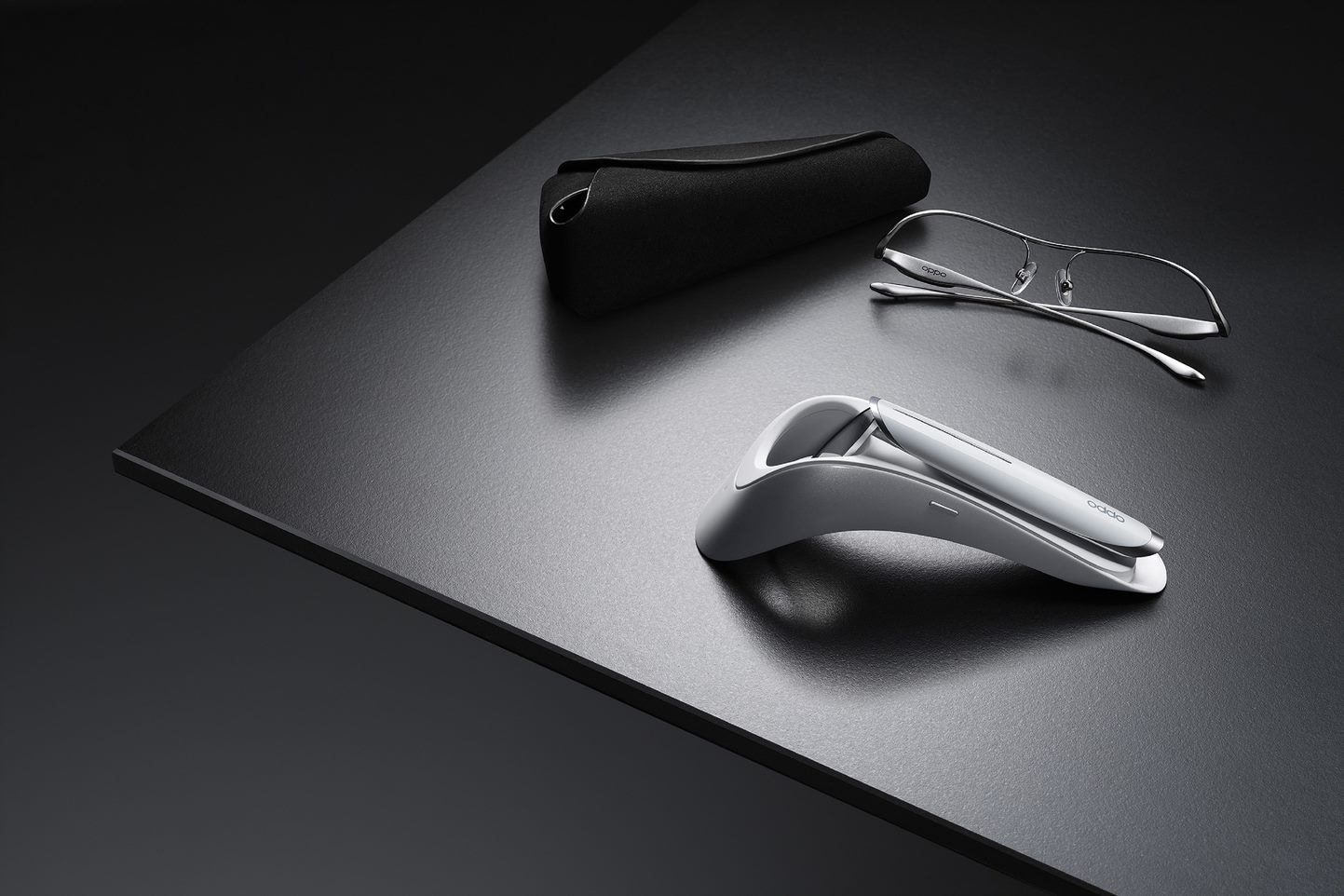
Unrestrained sense of control with four methods of interaction OPPO Air Glass can be operated using the Smart Glass App on any OPPO smartphone installed with ColorOS 11 or above versions. It also supports four intuitive methods of interaction – touch, voice, hand motions, and head movements.
Developing diverse applications together with industry partners OPPO Air Glass is installed with a variety of applications, including those developed by OPPO. These include Weather, Calendar, Health, Teleprompter, Translation, and Navigation.
The translation function is an immense help for cross-cultural communication. Once paired, voice input from one user will be automatically translated into target language texts, and then immediately displayed on the other user’s Air Glass.
Air Glass now supports Mandarin Chinese-English two-way translation. Another innovative application of Air Glass is the Teleprompter, which allows an adaptive text display to make your presentation at work or in public a breeze.
OPPO Air Glass is due to launch in Q1 2022 in the Chinese Mainland market with the global rollout to be confirmed at a later date.

